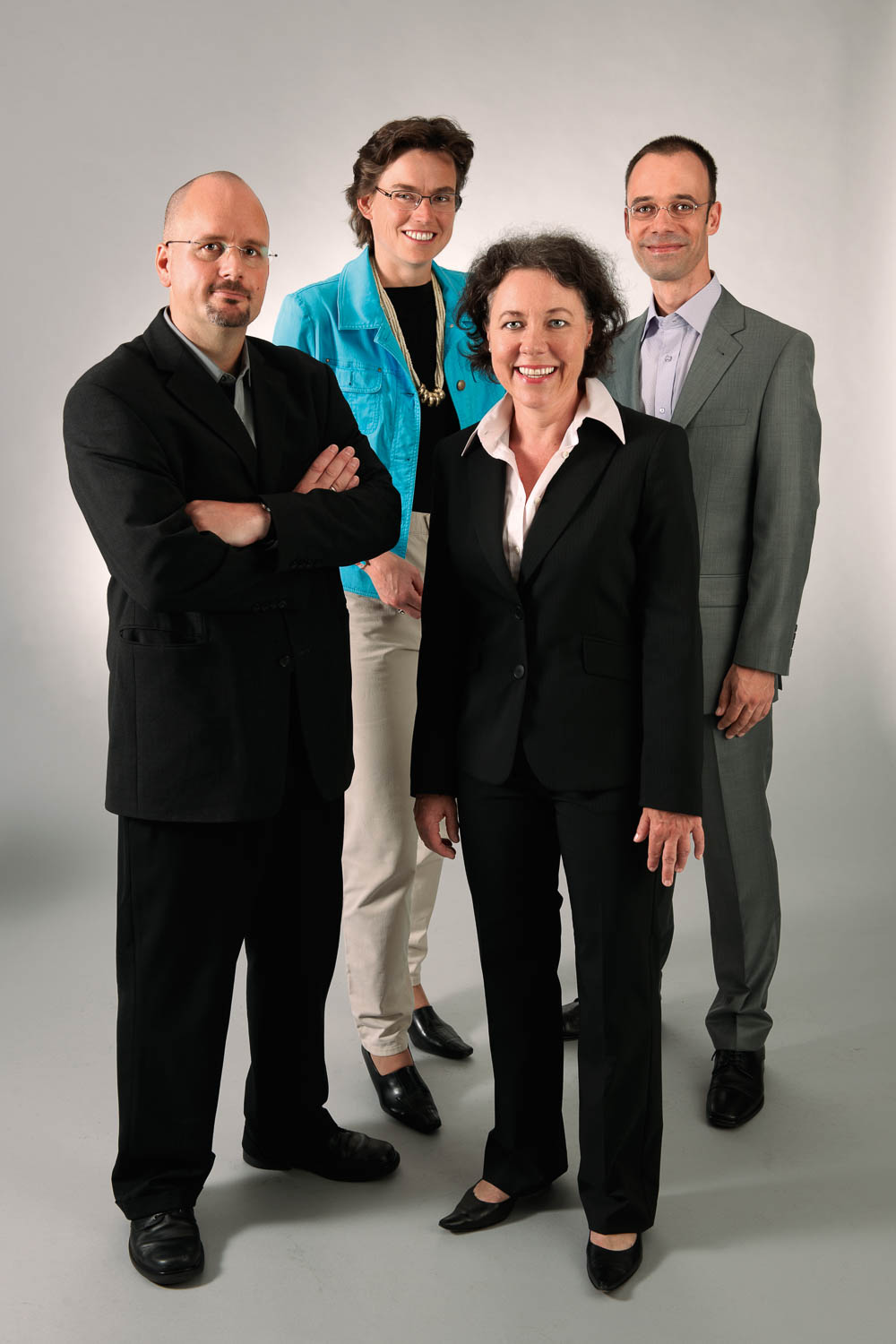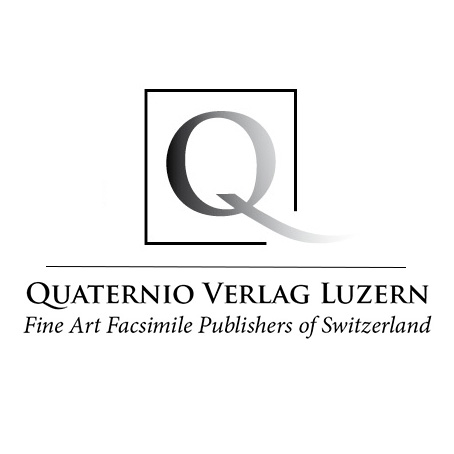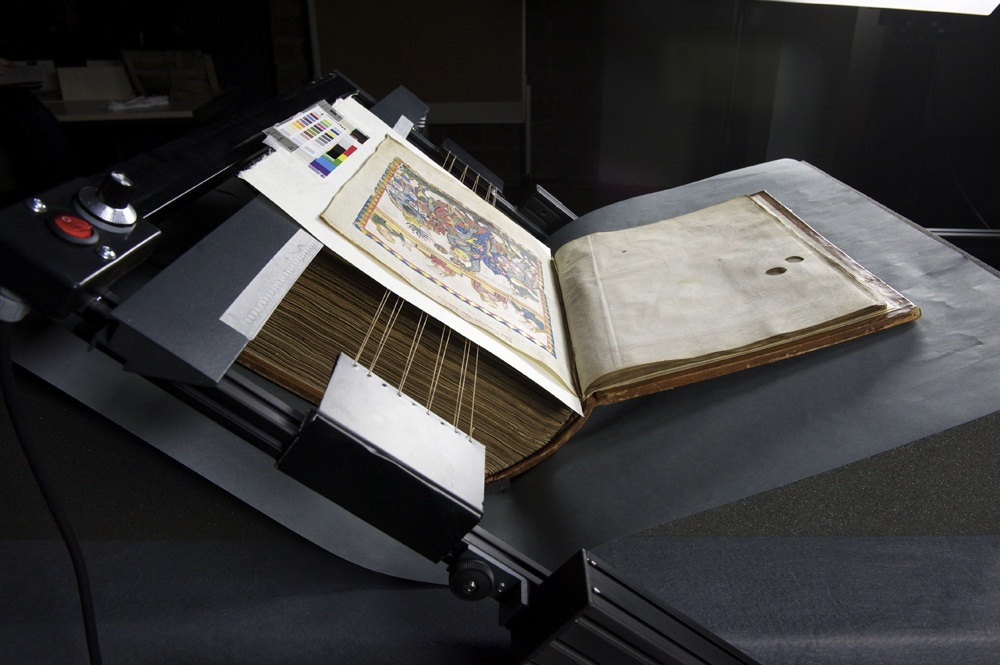Dear facsimile lovers, here is a little something for you: an exclusive interview with Gunter Tampe, one of the founders of Quaternio Verlag Luzern and an expert in the field of facsimile production.
How did you happen to work in the business of illuminated manuscript facsimiles?
Well, I would say I really wanted to, and so I made every conscious effort to make it happen.
I have always been interested in books: my first idea for a career was to restore them. While still at University I learned the art of book-binding, from sewing to everything handmade. Then I happened upon Faksimile Verlag presenting the Book of Kells, and, seeing my interest, I was invited to Lucerne. I was still studying at the time, but, after graduation, Faksimile Verlag offered me a position as production assistant.
When the Publishing House moved to Munich – after being acquired by Bertelsmann, Ed. – we were asked to move there, too. The idea of founding Quaternio was already on my mind, so I discussed it with some of my colleagues and I gladly found out that we were on the same wave length, so we decided the time had come to start an enterprise of our own, and that is how Quaternio Verlag Luzern came to be.

Where does the name Quaternio come from?
It is a mix of two different ideas. Quaternio is a technical term from book-binding: every quaternio is made up of four bifolios (double sheets or four pages, Ed.), and this image represented us.

We were a group of four, so each of us had to take on a double role, just like the sheets in a quaternio. We wanted to use an expression from book-binding, but also a name that would signify something in every country, to underline the close connection that four people had together. Today we are a team of twelve people: the four founders and eight additional colleagues in sales and marketing.
What is your role in Quaternio Verlag?
I used to oversee both the production and the marketing. At the beginning we were a very small company, so a single person had to take on more than one role. As the team has grown bigger, I can now delegate and concentrate on just the production, to obtain the highest achievable quality for our facsimiles without being distracted by other engaging tasks, such as marketing and sales.
You’ve been in the business for a long time: what is the single most important change that you have witnessed?
Well, I would say that the main changes took place when the digital technology came out. The digitalization of the image was a great improvement in our field. When I started we worked with films: we had to correct the errors, print the film, and then work on it again with computers in order to increase the quality. This changed in the late ’90s with the digital revolution.

We have also new techniques for applying gold. This is a very complicated aspect of the production of facsimiles, and with the aid of the new technologies we now have the opportunity to make the gold look older, making the facsimile resemble the original so much more.
How has the market changed since you started?
Actually, there are fewer publisher now than when I first started. In the German speaking market, there are only two or three publishers left. Strange as it may sound, this is not the best situation, because there is not enough competition.
If there were more publishers, indeed, the theme of facsimiles could be spread more easily to the public: as a consequence, there would be more people to talk about it and it would be easier to approach new potential customers. It’s not so simple to make the market on your own, because, as it stands now, most people do not even know what a facsimile is, and we have to make them curious about what we are doing. If you have competitors you are compelled to be the best at anytime. We have been in this business for a long time and we have always made every effort to be the best.
Now, let’s talk about the facsimiles you have published with Quaternio Verlag Luzern. How do you choose the manuscript to reproduce?
The manuscript must have high-quality paintings. It might not be enough to have drawings by famous artists: we could reproduce the work of an artist who is not very well known, but who stands apart in his area. It is better to have manuscripts with lots of miniatures: contrary to popular belief, having much text but not a lot of illuminations doesn’t make the facsimile much cheaper. The gold is always a bonus, because it gives value to the collection of private customers and, when applied properly, it’s a pleasure for the eye; so, the more illuminations the book has, the better it is. By choosing a manuscript rich in illuminated details, we give the most value to the money the collector spends on the facsimile.
Here is a question often asked by librarians: why do facsimiles cost so much?
I think the question would be answered very quickly if only they could join us during the process of reproduction. There are a lot of people involved; we have to travel a lot to compare the facsimile with the original, which cannot be moved from its location. It is very important that the copy matches the original manuscript in every detail: for this reason, we have to print many samples to get to the optimal result. We have to print details which measure 10 micrometers (10 times one-millionth of a meter, Ed.). For scholars especially, it is very important that the two – the original manuscript and the facsimile – could hardly be distinguished. This also coincides with our idea of facsimile, so we wouldn’t want to work in any other way.
Why did you choose the Speyer Pericopes, a very difficult manuscript for both the binding and the inside, at the beginning of your publishing experience as Quaternio Verlag Luzern?
We were convinced of the quality of the manuscript and we wanted to show that a young company could be good enough to make such a facsimile. It was a risk, but it is a chance I am happy to have taken. There are not many editions of books with their original binding, especially when so very rich and complicated. Since the Speyer’s binding is contemporary with the manuscript, we chose not to offer a version without it: they are meant to be together. The Speyer Pericopes is very special, because the original hasn’t been shown open for many years and Quaternio opened the book to the public, giving them the chance to peruse an incredible illuminated manuscript that would, otherwise, be lost.

You didn’t have the chance to touch the Speyer Pericopes and you couldn’t make an impression of the cover, so you had to rebuild it.
We were very lucky in this sense, because we were able to scan the image with a new technique, which took a long time to develop. We worked with a specialist, and we managed to get a 3D scan of the binding. Then, we built a plaster and we had an artist carve the model, since the technique in itself was not enough to create an accurate copy: this is a perfect example of the blending of modern technology and traditional art.
There is a lot of art in this work. We had a lot of difficulties in finding the right stones for the Speyer Pericopes. We have to remember that during the Middle Ages jewels were different, and stones did not have those shiny and perfect cuts we see today. We worked with gemologists in order to have everything right. We had to edge the stones to make the surface look old, without any sharp angles.
What challenges have you had to face in your work?
Well, I can assure you that every time we make a facsimile our hair gets grayer and grayer! It’s always a challenge, but our latest quest was the Book of Hours of Marguerite d’Orléans. We had to find a solution for the silver because, in the original, the artist painted over it. We made a lot of tests, because the printed silver was too cold and we needed it to match the richness of the original.
We had to discuss with the printer about the process: if he printed too much silver, it would be impossible to see the colors that should have been over it, because it would have had too much light. In the end, the result surpassed our own expectations, so we’re very happy with it!
Facsimiles are a lot of work! And Gunter has underlined one of the reasons why we are building the blog: to make the subject of facsimiles widely known. So make sure never to miss our articles!
Subscribe to Our Newsletter

